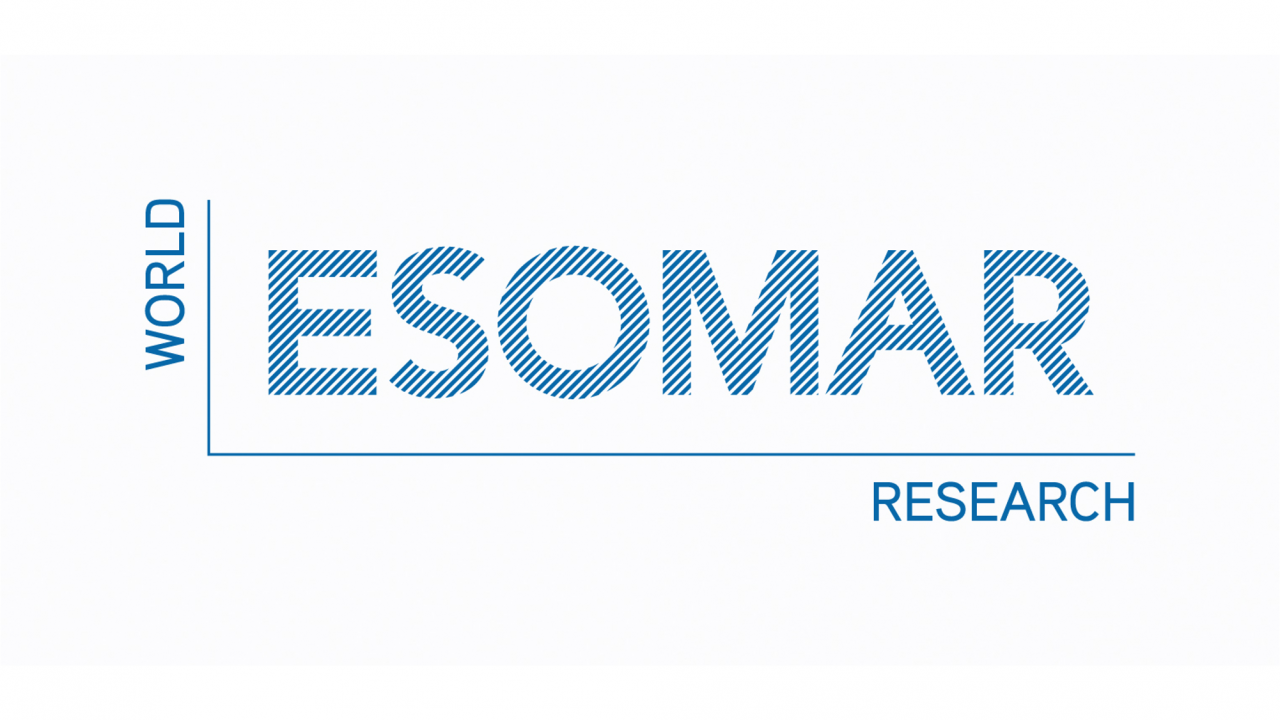
At the forthcoming Global Congress, ESOMAR will announce the winner of the Research Effectiveness Award. To be nominated for this award, research needs to clearly demonstrate how research had a substantial commercial or societal impact.
One of this year’s nominees – Northstar and BBH – demonstrated such commercial impact by helping Audi overcome significant brand challenges. This propelled Audi to being the most desirable brand for their target audience. In doing so, Audi bucked the trend of a cooling car market, by selling more high value cars and increasing customer value, earning £2.18 for every pound spent on communications in the process.
But this level of effectiveness wasn’t just stumbled upon. Far from it. It was engineered from the very start. To overcome the brand and marketing challenges Audi faced, they needed effective research to fuel effective communications. To do this, we had to step outside the box of ‘typical’ research effectiveness.
Typical research effectiveness is defined as:
- Meeting a client’s objectives
- Being delivered on budget and on time – or ideally cheaper and quicker
- Yields insights with immediate impact – so the buyer is able to demonstrate immediate ROI
However, using this definition of research effectiveness has pitfalls:
- We only look for answers to the research objectives that have been set, rather than seeking answers to big business questions
- Defaulting to tried and tested methods that are easy to set-up, cost effective and risk free
- Recommendations focusing on delivering short term gain, rather than long-term value
To avoid these pitfalls and ensure research is effective in delivering long-term value, research needs to eschew conservativeness and be methodologically bold. Three ways to do this are:
1. looking at the bigger business issues
The problem: There’s a lot of confusion between what is a business objective and a research objective. In short, the business objective should in theory set your research objective(s). So, if you ask your client what is the business objective and they’re unable to tell you – you are in trouble. From experience, if there isn’t an obvious link, then the insight you will collect will not move the brand forwards in the way you and your client had hoped.
The solution: Always look beyond the research objectives to understand what the bigger business objective is. Doing so will ensure that you gather in the best in class insight that will help your client grow.
2. don’t let research studies look & feel like research
The problem: Research is potentially at its worst when it looks and feels like research. When this happens it’s clear researchers are paying participants for their time. This leads to everyone being disengaged with the process. The impact is twofold:
- Disengaged participants equal low-quality answers and insights
- Disengaged participants often result in disengaged clients. This leads to a reduced possibility that insights will be actioned
The solution: As you are building your methodology, ask yourself, how can I make this feel less like a standard IDI, focus group, workshop or community? Whether this is via project branding or the development of new games and activities to be used in your discussions – always look to re-position your methodology away from traditional research.
3. exposing research objectives to participants
The problem: Telling participants your client’s objectives is seen as a cardinal sin. Coming from a design background, where you often work with the end user to design them the optimum product, I have always found this strange!
The solution: By exposing participants research objectives you turn them from a participant, into a consultant. This means they work with you to give you better ideas, and better insights into any topic you are exploring.
Eschew conservatism. Be Bold. Be Effective.
And I look forward to seeing you on the Technovate stage at 5:25pm, Tuesday 10th September, or live on EsomarTV.
This post was originally published on Research World
By Alex Holmes, Research Director
if you would like further information, please get in touch via:
Aholmes@northstarpresents-volvo.com




